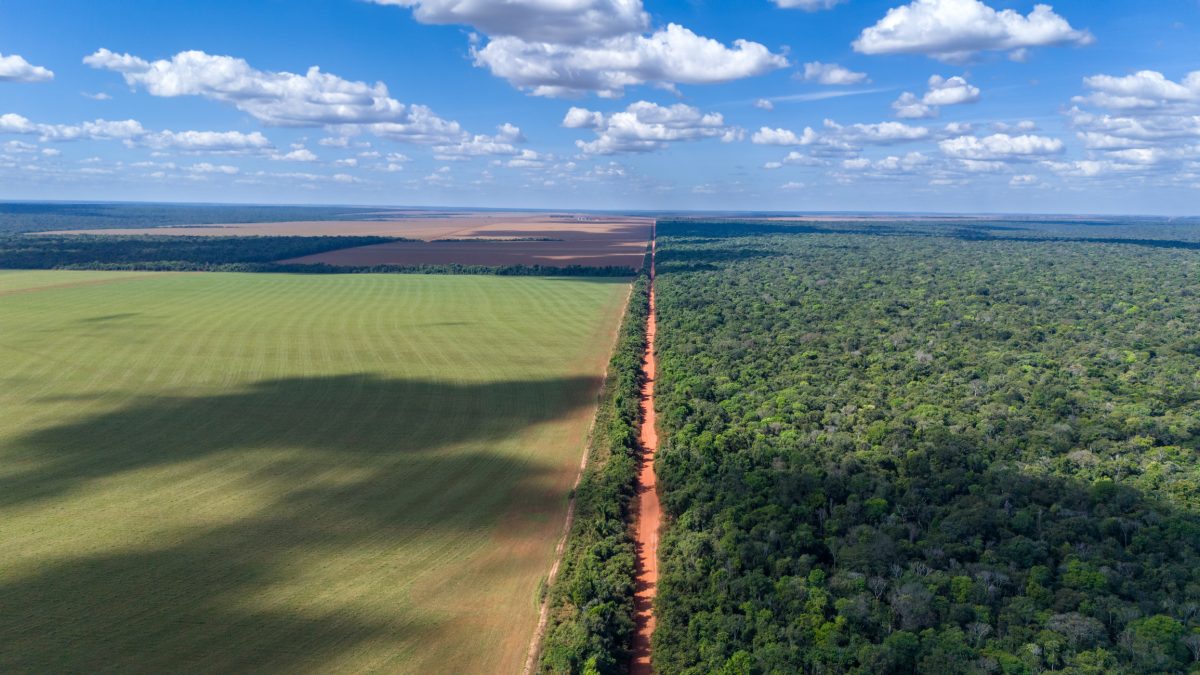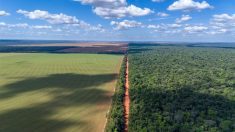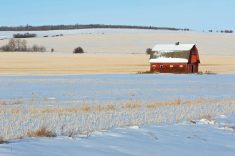CNS Canada — Cool temperatures and overall wet conditions should make it tough for most insects and other pests to get an early toehold on Prairie crops, according to three insect specialists across Western Canada.
Wheat midge, cabbage seedpod weevils, flea beetles and grasshoppers are some of the early exceptions, however, as they have been popping up on the radar for possible Prairie infestations. [Related story]
Cool temperatures and moist soil have lowered the threat grasshoppers pose in Saskatchewan, according to provincial insect specialist Scott Hartley.
Read Also

Soy trading firms to abandon Amazon protection pact in Brazil
Some of the world’s largest soybean traders are preparing to break their agreement to curb deforestation of the Amazon rainforest to preserve tax benefits in Brazil’s top farm state, two people with direct knowledge of the matter told Reuters.
“It doesn’t appear to be a real high risk in Saskatchewan.”
He cautions, however, that the wet weather has been beneficial to the rise of wheat midge. Cocoons extracted from 420 soil samples taken last fall have revealed a significant concentration in the eastern half of the province. The pest is known to target spring wheat and durum while ignoring winter wheat.
As far as canola is concerned, the attention is on bertha armyworm. The past few years have seen significant outbreaks of bertha armyworm in the province but Hartley believes they may be on the decline. He’s hoping 2014 will mark the end of their presence in Saskatchewan.
“Actually it’s a low year for risk overall, grasshoppers aren’t too big, bertha aren’t too big, wheat midge is typical.”
The same can’t be said however for the cabbage seedpod weevil, “probably one of the biggest new ones coming in,” said Hartley.
Results from the 2013 survey indicate the weevil had a very good year, recording some of the highest levels ever seen in Saskatchewan. So far the spread has been tracked from Kindersley and Outlook to spots east of Regina.
“It has entered into the more-traditional canola growing areas,” said Hartley, noting the insect’s expansion could very well accelerate now that it’s in a heavier canola zone.
Grasshopper risks
While grasshoppers in Saskatchewan aren’t much of a concern yet, the situation in Manitoba is somewhat different.
Grasshopper populations have been steadily increasing over the past few years, according to provincial entomologist John Gavloski. Conditions for egg laying in August and September have been good as well. Because of that, the overall population in Manitoba is up and he expects some areas of the province could see infestations.
Flea beetles are another species he’s watching, as they also recorded high counts in August and September. “And we’re talking about the kind that feed on canola in some very heavy populations,” he adds.
Even with insecticide-treated seeds, farmers should take care to monitor their plants if they’re slow to germinate and produce true leaves, said Gavloski.
Most of the damage inflicted by flea beetles usually occurs by mid-May, he explained, noting the beetles won’t likely be active until later this month. While canola is the crop that warrants the most concern, flea beetles will move around to other food sources when the canola is being harvested.
“Generally they wind up in gardens attacking cabbage, broccoli and cauliflower.”
Grasshoppers have also caught the attention of officials in Alberta. Peace River and parts of central Alberta are at risk according to the province’s insect management specialist, Scott Meers.
“It will be a weather-dependent situation on whether it becomes a problem or not,” he said.
Some cold, rainy weather, particularly in May and June, could reduce the grasshoppers’ impact, he said, while warm, dry conditions in May would help them hatch.
Other pests on the watch list include cabbage seedpod weevil and pea leaf weevil, both south of Highway 1. Many producers in that region, particularly in its north end, are just learning how to deal with the weevils, Meers said, because their impact is now being felt on an economic level.
As well, the presence of cereal leaf beetle has been detected in the Lethbridge and Taber areas.
“We didn’t do a survey on it but we had a few fields that had to be sprayed last year,” said Meers, who is hopeful natural enemies will keep the beetle under control.
Looking at the province as a whole, he says it looks like a normal year for insects.
“Generally we’re not expecting anything wild or crazy, but things have a way of being just the opposite.”
— Dave Sims writes for Commodity News Service Canada, a Winnipeg company specializing in grain and commodity market reporting.















